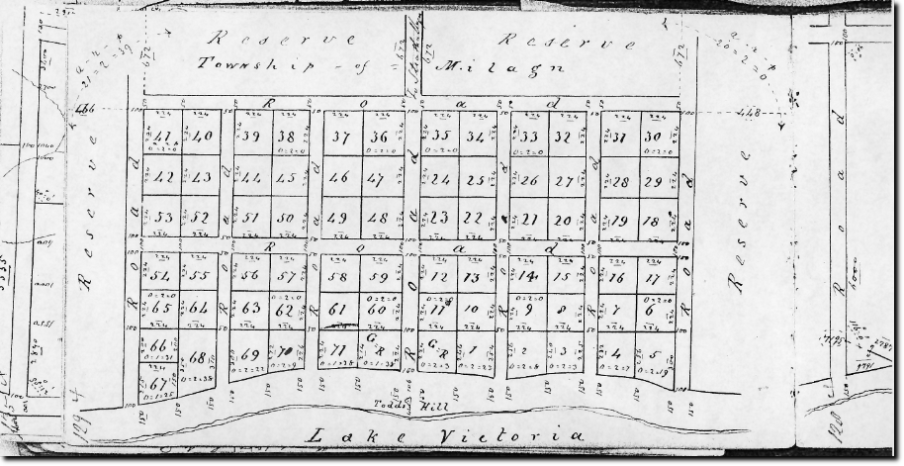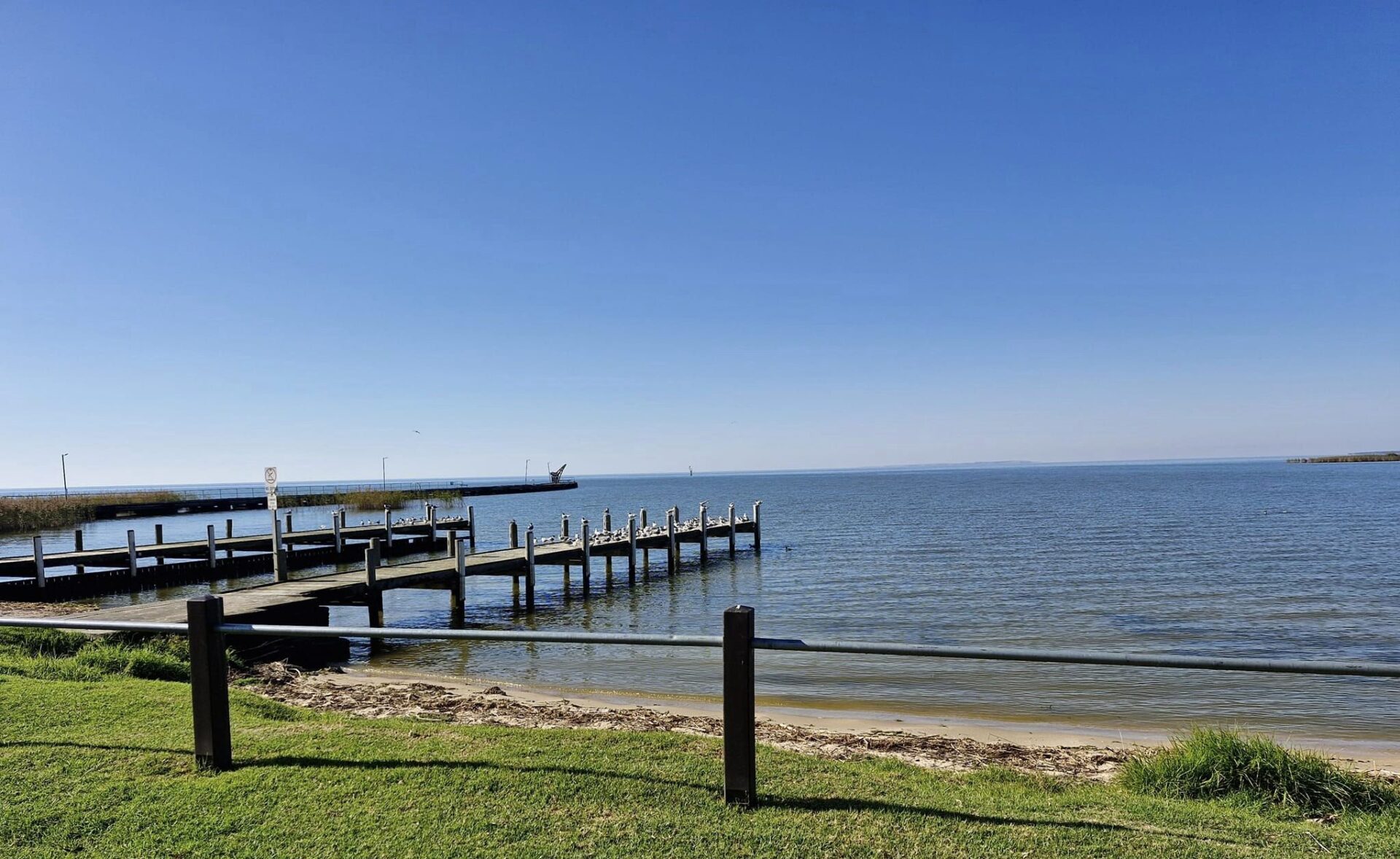In 1853 there was a great deal of activity in the lower Lakes area. In March the first steamer crossed the Lake. (The Mary Anne commanded by Captain W. R. Randell.) Captain Cadell was publicising the advantages of River Murray trading. The Port of Goolwa and its connecting rail link to Port Elliot were being constructed and the settlers in Strathalbyn wanted access to the Lake as well.
As a result the Surveyor General, Arthur Freeling ordered the survey of a township on the lakeshore in the Hundred of Bremer. Lance Corporal Dawson of the Sappers and Miners inspected the area in November 1853 and chose the site of the future Milang. This site was near the end of the existing road from Strathalbyn to the Lake and occupied a slight elevation above the surrounding countryside.
Milang, traces its roots back to the early 1850s. The area, once inhabited by Indigenous Australians, saw European settlers arriving in search of fertile land and new opportunities. The founding of Milang can be attributed to its strategic location as a port town. In 1853, Thomas Higgins surveyed the area, recognizing its potential for trade and agriculture. Soon after, the government declared Milang a town, and by 1855, the first plots were sold, initiating its development. The town flourished as a vital transportation hub, serving as a link between the Murray River and the sea. Its port facilitated the export of wool, wheat, and other produce, driving economic growth in the region. The arrival of the railway in 1884 further bolstered Milang’s significance, connecting it to nearby towns and markets. As the population grew, businesses thrived, and community infrastructure expanded, cementing Milang’s place as a bustling center of commerce and culture. Today, Milang retains echoes of its past through historic buildings and a strong sense of community. Its picturesque setting continues to attract visitors, honoring the town’s rich heritage and enduring legacy.

The first 73 allotments were laid out in December 1853 and January 1854 and subsequently gazetted on the 15th June 1854 with the first lots being auctioned in Adelaide on the 13th July.
